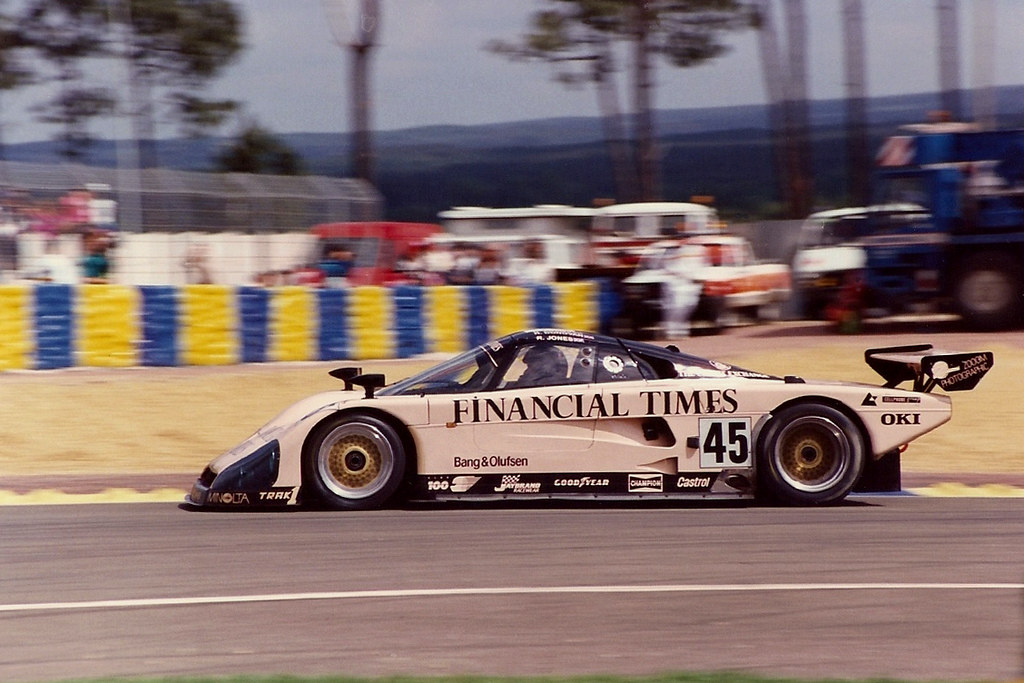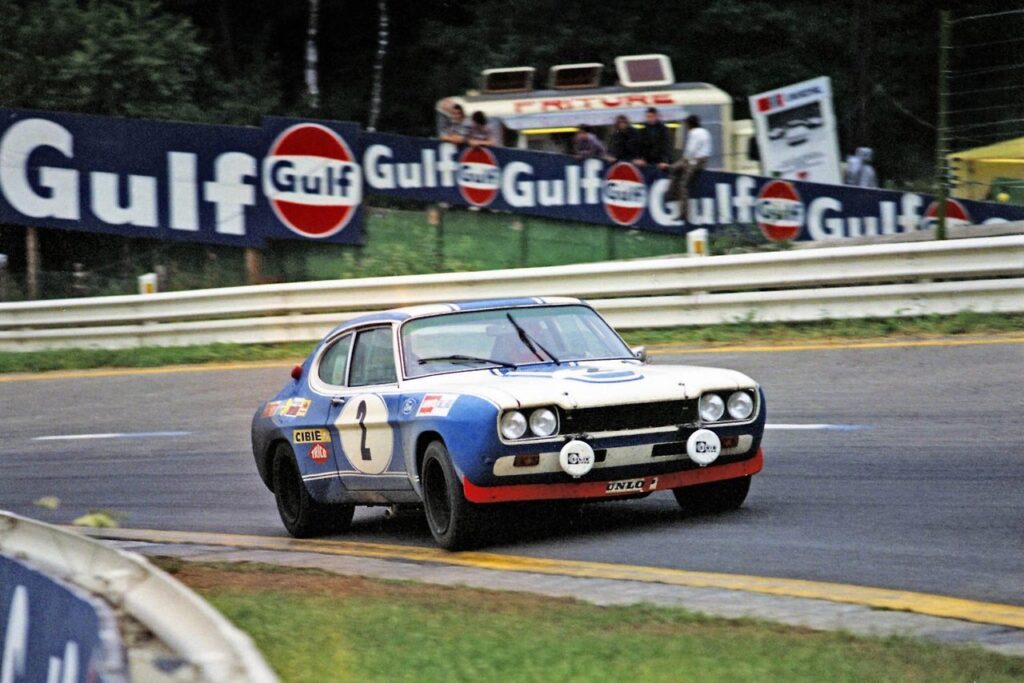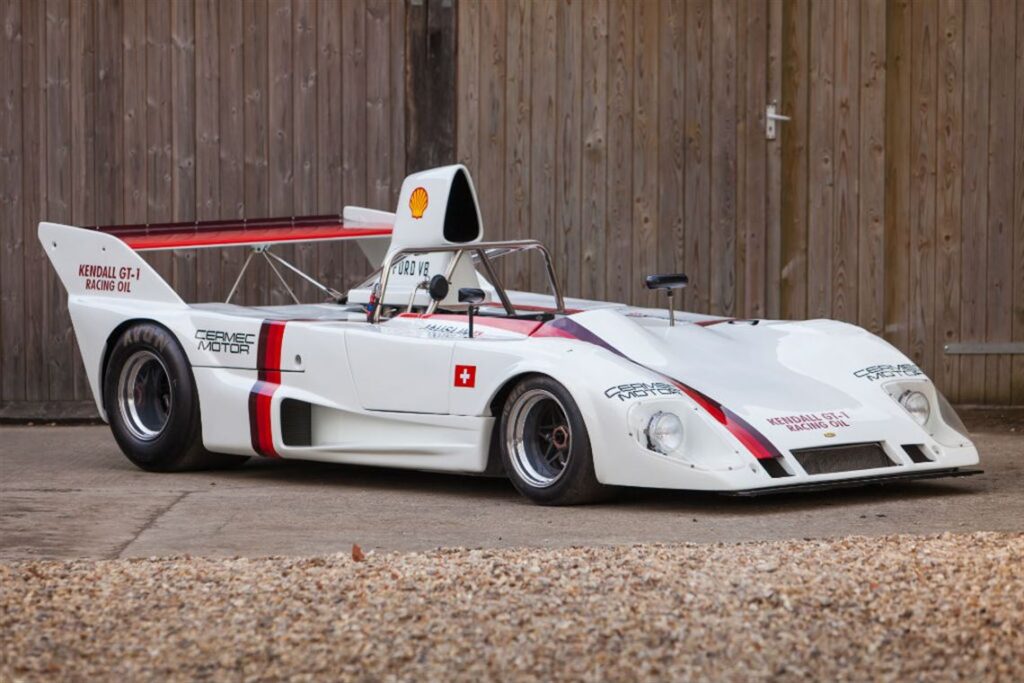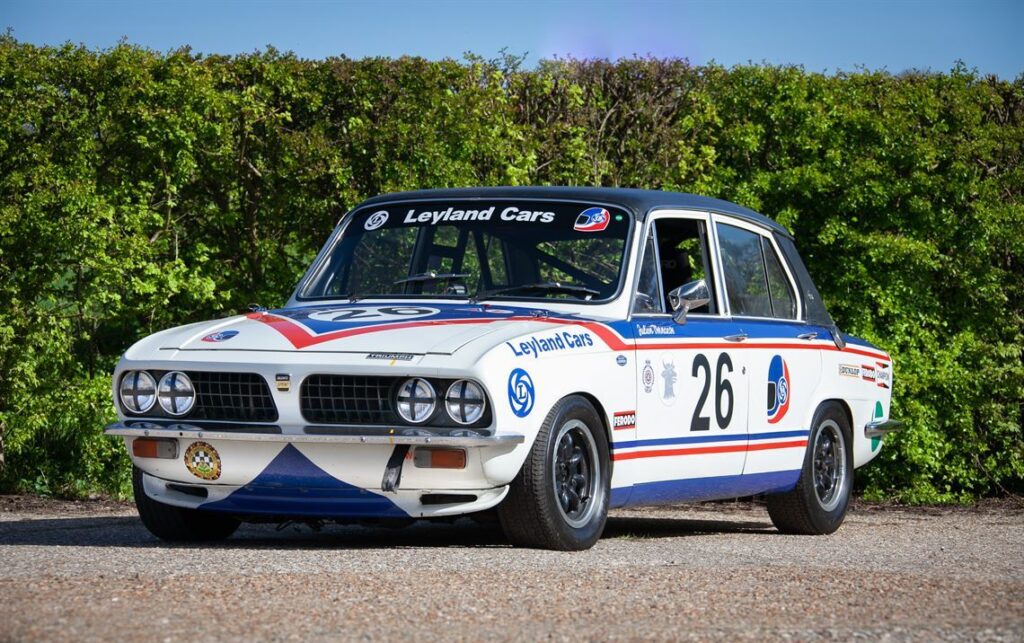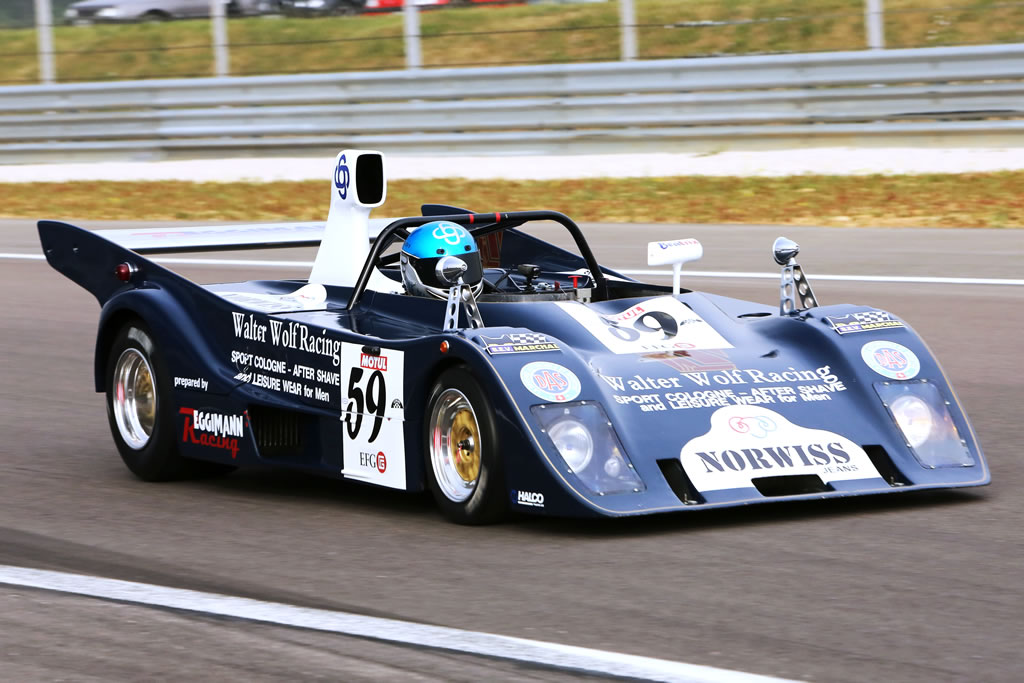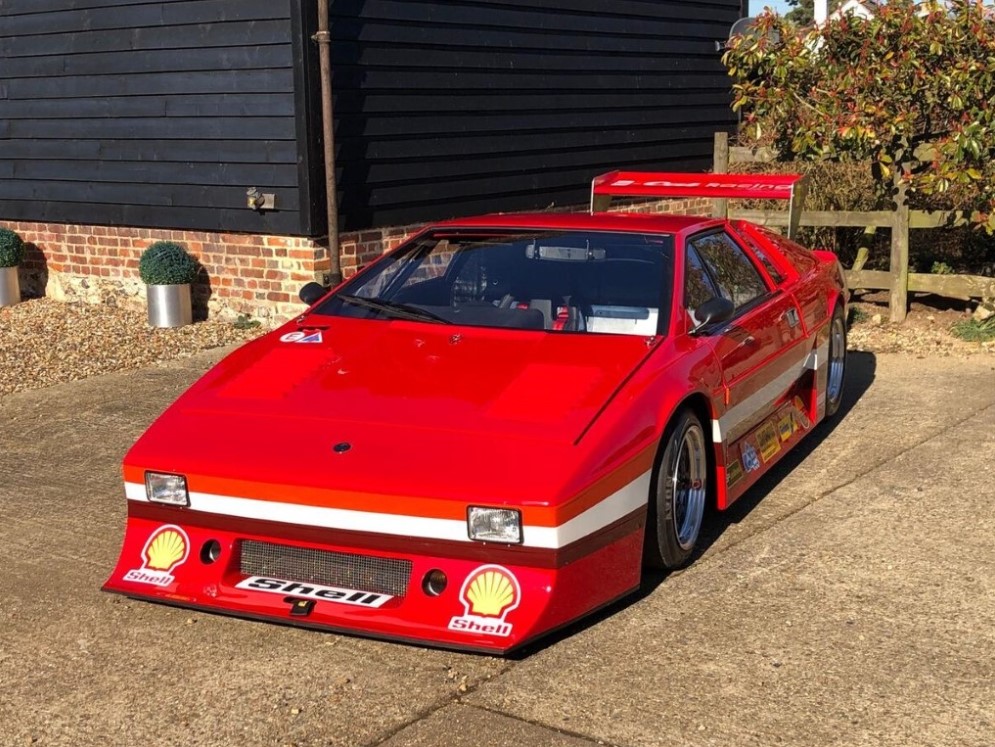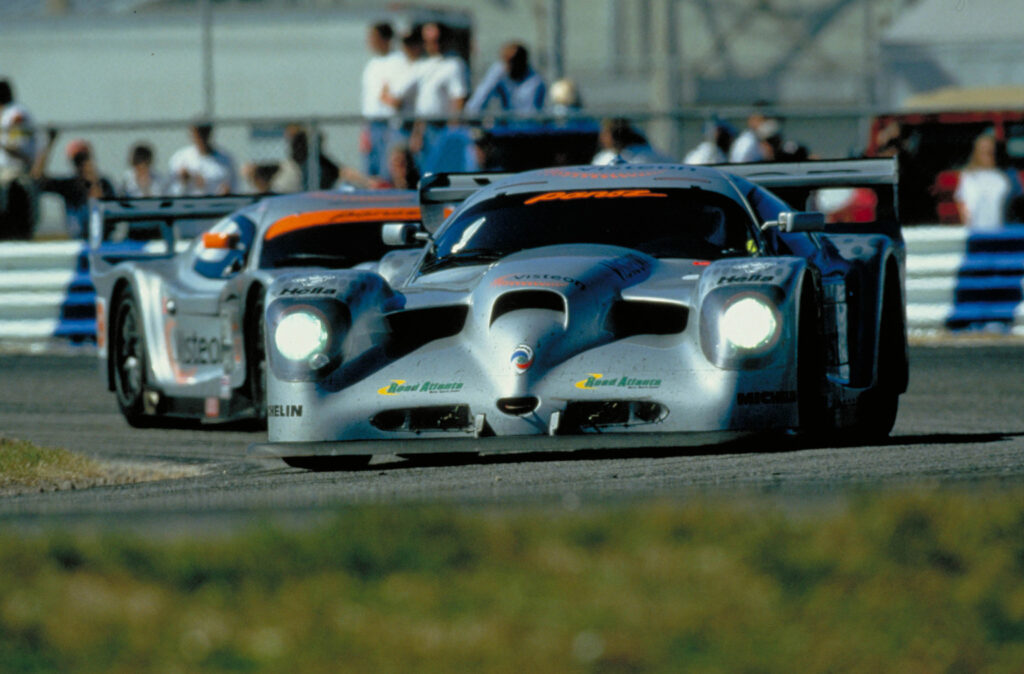1989 Spice SE89

1989 Spice SE89
Brand
Spice
Year
1989
Country
Great Britain
Generation
Spice SE89

1989 Spice SE89
Brand
Spice
Year
1989
Country
Great Britain
Generation
Spice SE89
About this car
Discover the history
The 1989 Spice SE89 is a notable prototype racing car developed by the British manufacturer Spice Engineering. It was introduced in two versions: the SE89C, used primarily in the World Sportscar Championship (WSC), and the SE89P, designed for the IMSA GTP (Grand Touring Prototype) series. These vehicles represented Spice Engineering’s commitment to creating competitive race cars for different global racing platforms during the late 1980s.
The SE89 was designed to follow the successful Spice SE88 series, with several upgrades aimed at improving aerodynamics, performance, and reliability. The SE89C, the version used in the WSC, featured a sleek, low-profile design with a composite body primarily made from carbon fiber and kevlar, materials chosen for their strength and lightness. This monocoque chassis construction was essential for achieving high speeds and handling characteristics required for the endurance races of the WSC, including the prestigious 24 Hours of Le Mans.
The SE89P, the IMSA variant, was a direct competitor in the fiercely contested IMSA GTP class. It utilized the same chassis as the SE89C but was fitted with a more potent engine and modified suspension systems tailored to the high-performance needs of the North American racing circuit. The engines used in both versions were sourced from manufacturers like Chevrolet, Pontiac, and Oldsmobile, with configurations ranging from naturally aspirated V6 to V8 units, producing anywhere between 450 and 700 horsepower. This power enabled the car to achieve impressive top speeds, making it competitive in the endurance racing series it participated in.




A key feature of both versions was their suspension systems. The front featured double wishbones with coil springs and shock absorbers, paired with an anti-roll bar, while the rear suspension was a more advanced rocker-actuated design, ensuring better handling and stability at high speeds. The SE89 also employed Goodyear tires, further enhancing its grip and performance on the race track. These technical innovations contributed to the SE89’s success in endurance racing, providing the car with both speed and durability.
On the racing front, the SE89C and SE89P had notable successes in both the WSC and IMSA GTP series. In the WSC, the SE89C participated in major endurance races, achieving competitive results and proving itself as a serious contender against other high-performance sports prototypes. The SE89P, meanwhile, found success in the IMSA series, with the car achieving numerous podium finishes and notable appearances in top American races such as the 24 Hours of Daytona and the 12 Hours of Sebring.
One of the most famous drivers to race the SE89P was actor Paul Newman, who entered the car in various IMSA races, achieving respectable results and cementing the vehicle’s legacy in American motorsports. The car’s ability to compete at the highest levels in both North America and Europe made it a significant player in the sports prototype category of the late 1980s.
In conclusion, the 1989 Spice SE89, in its various configurations, played a significant role in the evolution of sports prototype racing. Its combination of cutting-edge materials, powerful engines, and advanced suspension systems allowed it to achieve success on the world’s most challenging race tracks, contributing to the rich history of endurance racing during the late 1980s.
